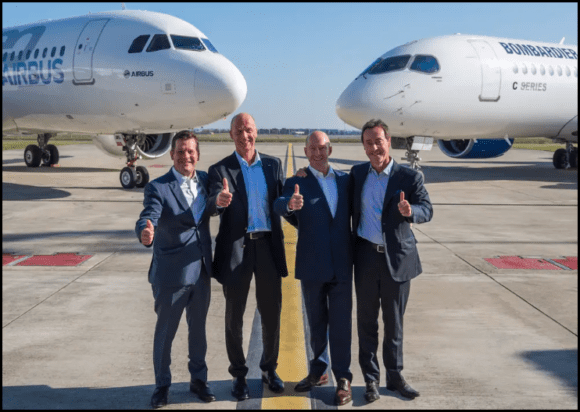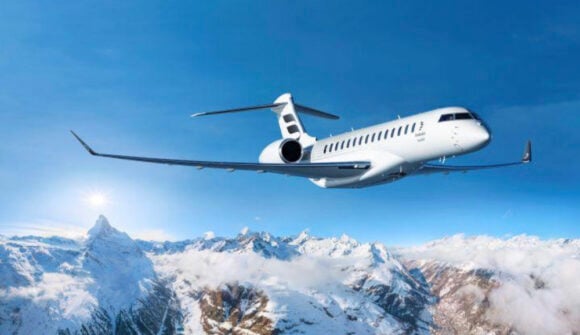Bombardier’s CS100 has completed its 150 hours of F&R. Although Bombardier hasn’t yet published this, we understand that the company achieved a 100% dispatch rate during the F&R flights. That’s as good as it gets. Certification from Transport Canada should be imminent.
With this certification Bombardier is sending off one of its aircraft (apparently P01) on a European demonstration, to visit Scandinavia and the Baltic states. Visits are no doubt aimed at Malmo and airBaltic. There are some other big airlines in the region that might also want a peek.
The C Series continues its march to EIS.
Views: 8




With this, and considering the CS100 is going to be certified before the end of 2015, why is the first delivery to Swiss only going to be at the end of May 2016?
http://www.zrh-spotter.ch/airport-news-leser/swiss-bestaetigt-erstauslieferungstermine-der-b777-300-und-cs100.html
Various updates to the airframe have still to happen that maximise standardised parts for the future…
and other paperwork.
@Addison
Do you know under what conditions this 100% reliability rate was achieved? I mean in how many continuous hours of flight and over what period of time.
Thanks, Normand
Can’t be a coincidence that the A320neo was certified by EASA and FAA today, with the GTF engine of course. Interestingly and separately the CFM engine was certified by both agencies today too. Things that make you go humm…
No details. Fred Cromer publicly repeated these numbers on today’s Investors Day.
It is important to understand that Swiss may be the first to EIS, but that doesn’t mean they are taking P01. Airlines slot deliveries when they are ready for them to make schedules. So the EIS date was set with airline schedule in mind, and they may end up taking P12 or higher. We know this generates a host of other questions.
In any case, the FTV5 spend a lot of time in Chicago …
http://www.flightradar24.com/data/airplanes/c-gwxz/#80a3cd2
Do you mean Bombardier completed the North American part of CS100 F&R, since the schedule also includes Europe? The work is being performed with MSN50006, an airline-representative aircraft that is not officially a flight-test machine (although sometimes designated FTV6, I believe): perhaps it also will be used for North European demo? Can someone please confirm, clarify, or correct this information, please?
According to this, they started F&R testing Nov. 7, and it sounds like there was a single plane dedicated to the 150 hours for F&R:
http://www.bombardier.com/en/media/newsList/details.bombardier-cs100-aircraft-flight-test-program-close-to-100-per-c0.bombardiercom.html
Counting through yesterday (since the news was announced this morning), that’s 17 days, or 8.8 hours of flying per day. The first day of F&R testing included 4 flights.
That sounds like a much faster tempo than the test program – looking at a past Air Insight update, it looks like the most any single test airframe flew was ~90 hours over a full month. For comparison, Southwest’s website says their average aircraft flies 6 legs for a total of 11 flight hours per day. Since Southwest has one of the highest utilization rates of any airline, It seems Bombardier was flying very close to a realistic in service tempo, assuming the 150 hours really was accrued on just one plane.
I would bet, however, they had a fairly large, well-equipped team of mechanics following the aircraft, and that team never had more than one aircraft to service at any given time. They may also have played loose with the definition of dispatch reliability – as I understand it, airlines normally calculate it based on departing within 30 minutes of a scheduled time. We’ll learn the real reliability once it enters service. For other new types, around 95% is normal, rising to above 99% as any lingering bugs get worked out.
Look out for a Bombardier update announcement in the coming hours…